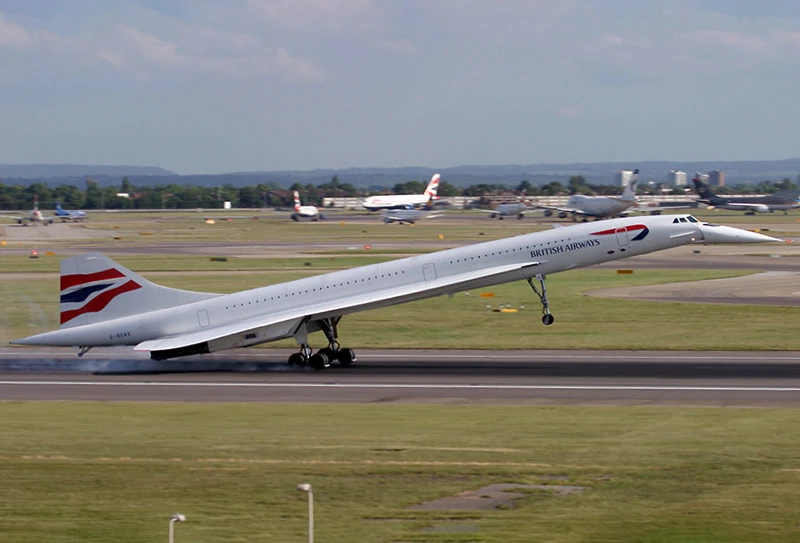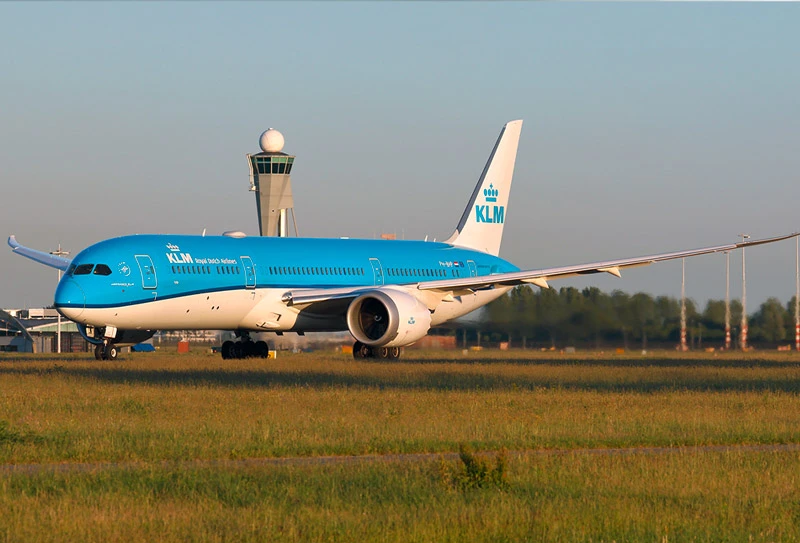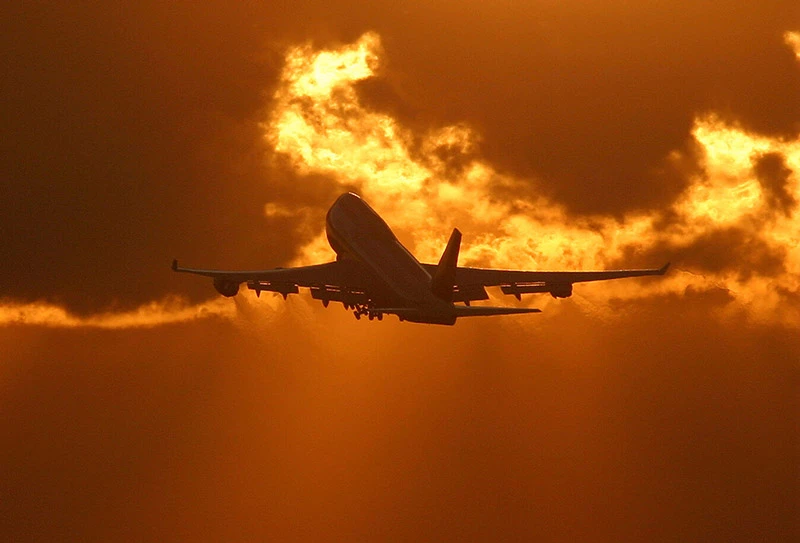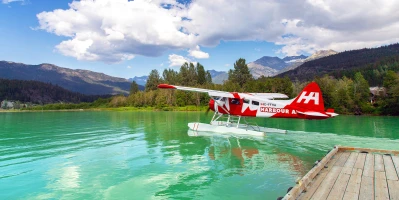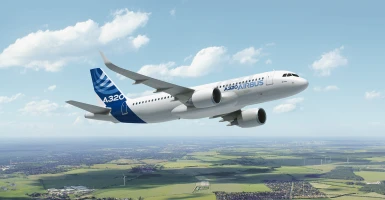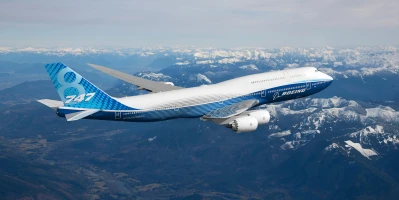good-to-know
Planespotting: A passion for photographing planes
Konstantin von Wedelstädt is a planespotter. He has been photographing aircraft for over 30 years and talked to us about the perfect image, spotter positions and spectacular scenes.
author: Nicole Geffert | 4 mins reading time published on: 06.07.2022
author:
Nicole Geffert
has been working as a freelance journalist covering topics such as research and science, money and taxes, and education and careers since 1999.



©Konstantin von Wedelstädt


©Konstantin von Wedelstädt
Konstantin von Wedelstädt: It’s been his hobby for over 30 years: planespotting. Equipped with a camera and a telephoto lens, he watches aircraft so he can snap the perfect shot.
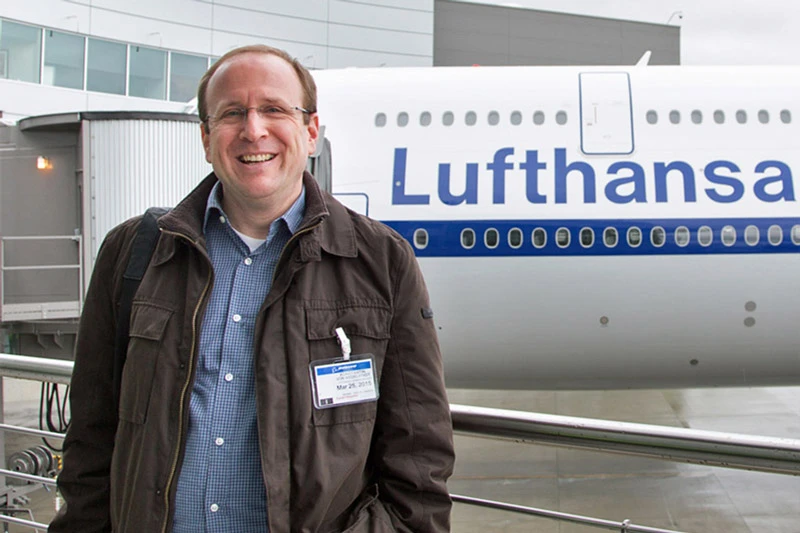
©Konstantin von Wedelstädt
How did you get into planespotting?
The first time I traveled by plane, I was still in preschool. It was in 1973 and I flew on vacation with my parents from Düsseldorf to Málaga on a Caravelle operated by LTU. I still remember it really clearly, especially how excited I was to be flying for the first time. In the mid-1980s, I was given my first camera and I found myself going back to the observation deck at Düsseldorf Airport over and over again. Back then, I often didn’t know which planes would be taking off and landing on a given day. It was a game of chance and very exciting.
What is it about watching and photographing planes that you find fascinating?
I’m really into aircraft technology and the phenomenon of flight. And when I’m planespotting, I feel the promise of the great wide world. At the moment I’m using a digital SLR camera, which I can attach a telephoto lens to so I can snap close-ups of aircraft even when far away. Planespotting is also about collecting and archiving; I recently digitized a set of 30-year-old slides and it was like traveling back in time.


©Konstantin von Wedelstädt


©Konstantin von Wedelstädt
Frankfurt Airport: Konstantin von Wedelstädt has worked at Lufthansa for 25 years.
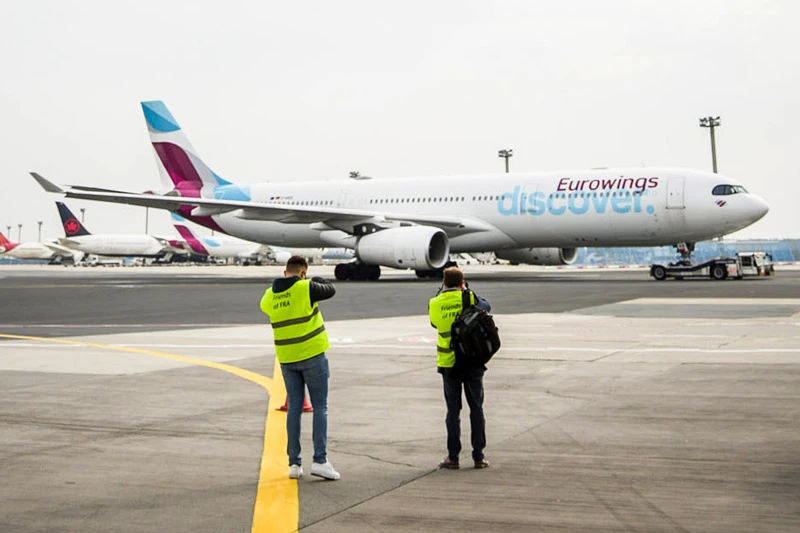
©Konstantin von Wedelstädt
So planespotters are also passionate collectors?
Absolutely, that’s part of the hobby. I started by putting prints of my pictures into traditional photo albums, but I soon switched to slides—that was like the gold standard for planespotters. Then toward the end of the 1990s, I bought a slide scanner and digitized all my slides. I was also around that time that the first online databases for images of aircraft started up—like airliners.net. There are now around 10,000 of my photos on the web. Even into the 2000s, planespotting was mainly a hobby for nerds. But that’s changed since more and more people are flying and reaching for their camera to photograph the planes that take them on their Mediterranean vacation or to the other side of the world. The planespotter scene has definitely grown a lot and become younger and more diverse.
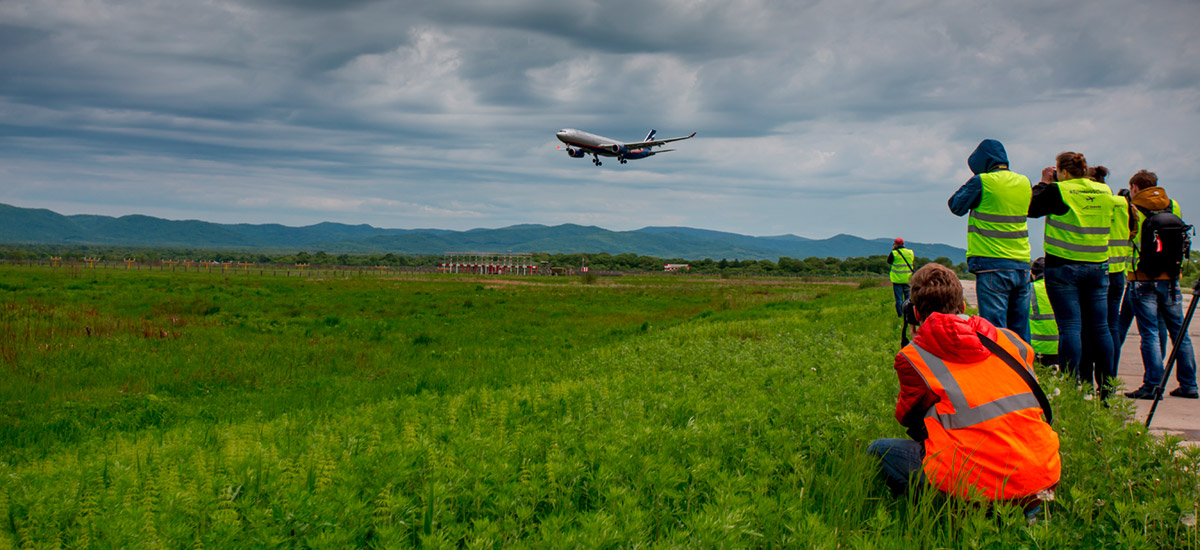
Plainspotting: Even into the 2000s, photographing planes was mainly a hobby for nerds. But that has changed; the planespotter scene has grown a lot.
“I specialize in commercial aircraft—business jets and larger—and am one of those planespotters whose work you might call traditional or old-school.”
Planespotter
What are you looking to capture when photographing an aircraft—its type, its livery or the background?
I specialize in commercial aircraft—business jets and larger—and am one of those planespotters whose work you might call traditional or old-school: photographing the aircraft from the side, perfectly lit and, if possible, against an attractive background. Good shots happen during takeoff and landing, as well as when the aircraft is parked on the tarmac. Social media has brought a noticeable change to the scene. Instagram, for example, has given rise to a very creative form of planespotting: people are working with filters and taking pictures of planes from underneath or behind. I’m happy to use these as a new source of inspiration and I’ve created my own Instagram account.
Are planespotters allowed to take photographs anywhere they like?
It’s generally a good idea to find out in advance what the rules are for the countries and airports you’re planning to visit. For security reasons, there are places you’re not allowed to take photos from, such as certain points along the airport perimeter. Some airports require planespotters to procure permits. I’ve been working at Lufthansa for the past 25 years and once I was lucky enough to photograph a Concorde from the window of the Lufthansa offices at Heathrow Airport.
What is your favorite airport for taking pictures and which of your photos is your favorite?
One of the best places for taking pictures is Amsterdam’s Schiphol Airport. It provides planespotters with the right conditions, meaning many attractive observation points from which to get images. As for my favorite photograph, I have a whole range of personal highlights in my collection. One of these is a shot of a Boeing 747 operated by Lufthansa flying over Frankfurt at sunset. I’ve never again captured such a perfect sky with my camera.
Are airports like Princess Juliana International, next to Maho Beach on Saint Martin in the Caribbean, really so special?
That one is genuinely spectacular. I went there on vacation ten years ago. A lot of private jets land there, which isn’t all that interesting for me as a planespotter. But when a Boeing 747 operated by KLM thundered in a low pass over the beach, it was emotionally and physically exhilarating. What I don’t do is hang around at the airport fence like some tourists do, looking to feel the jet blast from an aircraft taking off. That’s dangerous and irresponsible, if only because of the rocks that fly around.
What’s left on your planespotter to-do list?
I’d love to get to Rio de Janeiro so I can go up Sugarloaf Mountain and photograph planes flying down below me. Japan also happens to be a very planespotter-friendly country, with great spotter positions at its airports. But I’m no longer one of those planespotters who travels around the world for the sole purpose of taking pictures. Instead, whenever I travel for work or pleasure, I’ll make sure I have a day to spend at the airport with my camera. Since I’ve spent the past 30 years photographing aircraft, I’ve often toyed with the idea of getting my pilot’s license. But I never seem to find the time—and planespotting comes first!
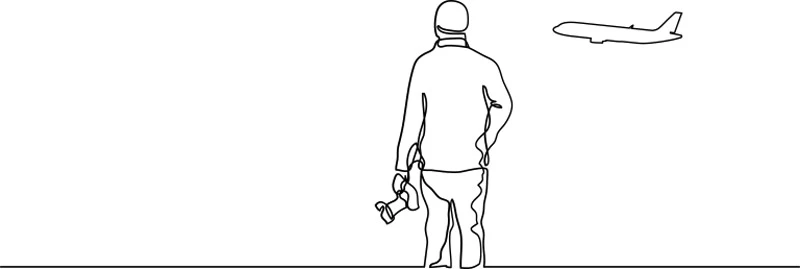
Links to photos by Konstantin von Wedelstädt
airliners.net: Aviation Photo Search | Airliners.net
➔ www.airliners.net
Instagram: Konstantin von Wedelstaedt (@flying_high_photos)
➔ www.instagram.com



